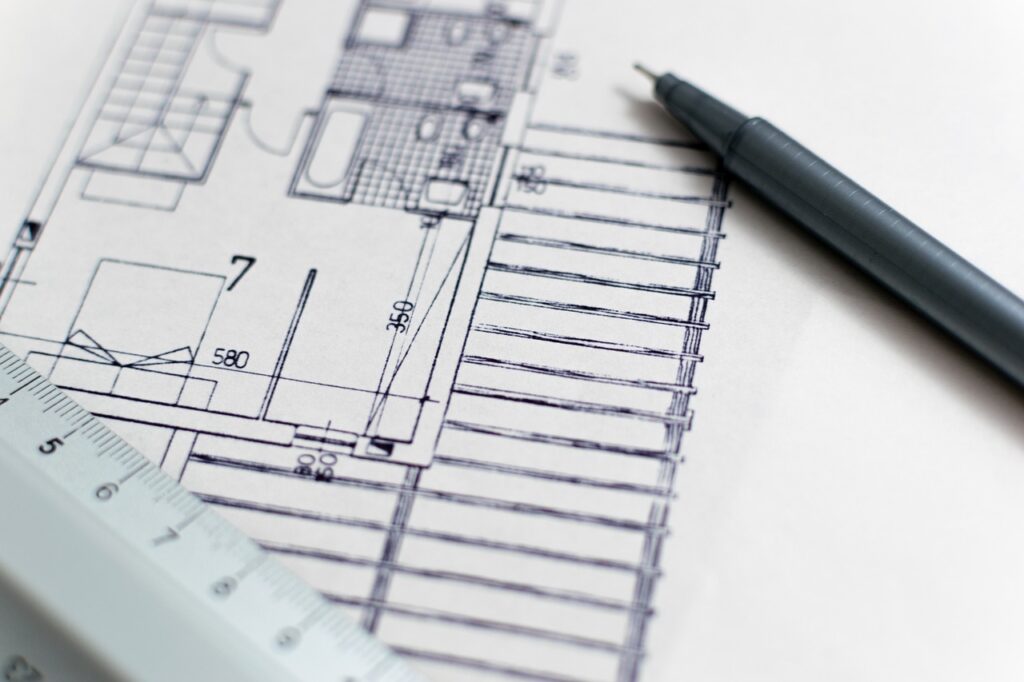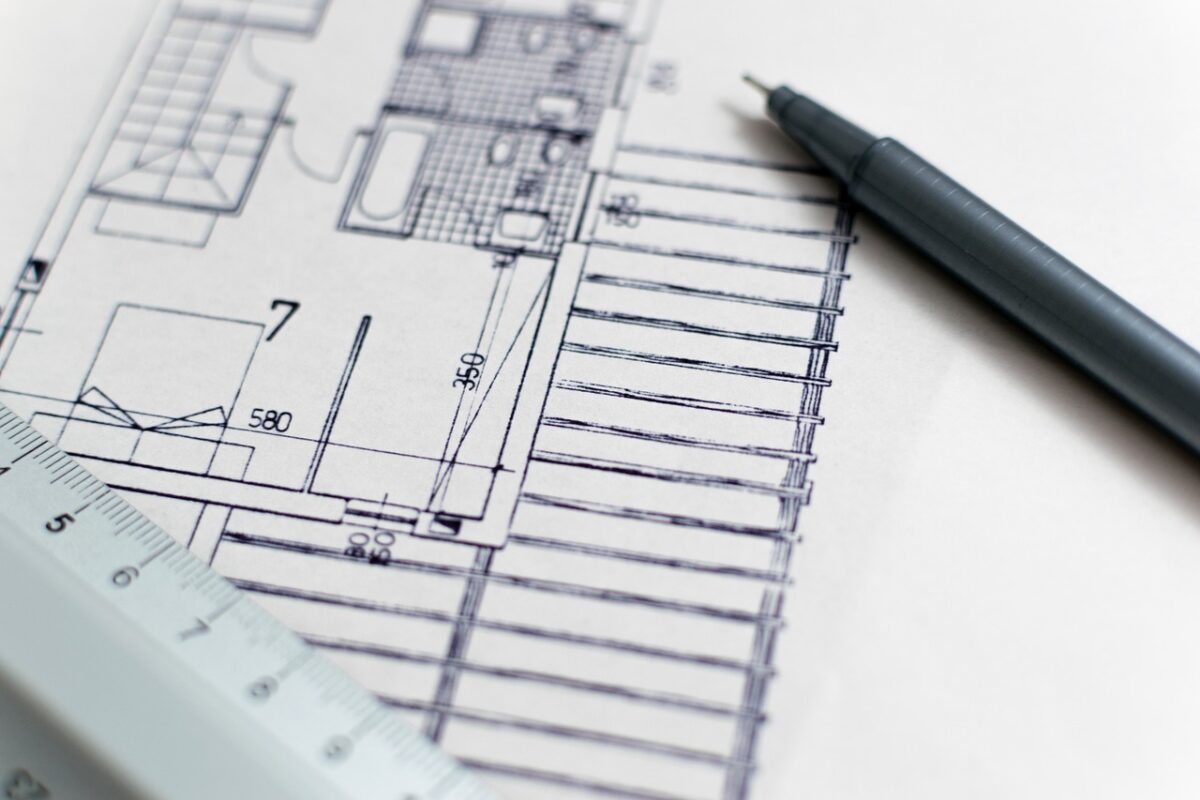Design and architecture rely heavily on collaboration. It’s the foundation of creating successful and impactful designs that not only meet the functional needs of a project but also evoke emotion and leave a lasting impression. CraftScape Creations dives into collaboration’s important role in pushing the boundaries of design and architecture forward.

Why Collaboration In Design Is Important
Collaboration is the process of working together to achieve a common goal. In design, this means bringing together different perspectives, skills, and experiences to create something unique and innovative. When designers collaborate, they can explore new ideas, challenge each other’s thinking, and develop solutions that would not have been possible. This results in designs that are not only functional but also visually appealing and emotionally impactful.
In architecture, collaboration is crucial because building a structure involves multiple disciplines, such as engineering, landscape design, and construction. Each discipline brings its own expertise and ideas to the table, leading to a better overall design. Collaborating with clients is also important as it allows them to have a say in the design process and ensures that their needs and preferences are met.
The Benefits Of Collaborating In Design And Architecture
Understanding the myriad benefits of collaboration in design and architecture can provide a clearer perspective on why this practice is so universally embraced in these fields. It has been observed that successful collaboration results in more creative, functional designs that meet the client’s specific needs.
Maximizes Creativity
Collaboration brings together individuals with diverse backgrounds and experiences, leading to the birth of new and innovative ideas. This cross-pollination of ideas fuels creativity, leading to unique, out-of-the-box designs.
Enhances Problem-Solving
Working as a team enables professionals to harness collective intelligence. This amalgamation of different perspectives aids in identifying potential issues early on and applying efficient solutions, improving the problem-solving process.
Ensures Client Satisfaction
Focused collaboration with clients guarantees that their preferences and needs are well catered to in the design. This results in a product aligning with their vision, enhancing client satisfaction.
Encourages Learning and Development
Collaboration provides a platform for knowledge sharing among team members. Exposure to various perspectives and techniques fosters learning and personal development among individuals.
Promotes Efficiency and Speed
A well-collaborated team leverages its combined skills and knowledge to streamline the design process, promoting efficiency. The division of tasks according to expertise also accelerates the project timeline.
How To Foster Collaboration Between Designers and Architects
Fostering healthy collaboration between designers and architects necessitates creating open lines of communication, promoting mutual respect, and establishing clear roles and responsibilities. Regular meetings and brainstorming sessions can encourage sharing of ideas and perspectives, opening the door to innovative and creative solutions. Technologies like collaborative design software can enhance this exchange, allowing real-time collaboration and feedback. It’s also important to create an atmosphere of mutual respect where each individual’s contributions are acknowledged and valued. This fosters a sense of trust and cooperation, essential ingredients for effective collaboration.
Roles and responsibilities should be clearly defined from the onset of a project. CraftScape Creations recommends that each member of the team should be aware of what is expected of them and how their contributions fit into the larger project. This clarity mitigates confusion and potential disagreements down the line. Additionally, it is crucial to establish a feedback mechanism where constructive criticism is encouraged and viewed as an opportunity for growth and improvement. This not only improves the quality of the design but also promotes continuous learning and skill development. Furthermore, celebrating successes, no matter how small can help build a positive team dynamic and reinforce the importance of collaboration.
Final Thoughts
Collaboration is integral to design and architecture, and its power cannot be overstated. By bringing together different perspectives, skills, and experiences, designers and architects can push the boundaries of what is possible and create truly impactful designs. Building successful collaborations takes effort and open-mindedness, but the result is always worth it – a design that meets all functional requirements and can inspire and evoke emotion.
